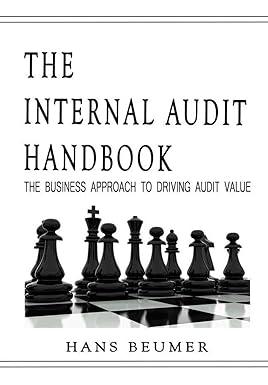Answered step by step
Verified Expert Solution
Question
1 Approved Answer
MFH sells many styles of shirts, but all are sold for the same price$50 per shirt. Actual sales of shirts for the last three months
MFH sells many styles of shirts, but all are sold for the same price$50 per shirt. Actual sales of shirts for the last three months and budgeted sales for the next six months are provided below (shirt in units): Months Units Months Units January (actual) 20,000 June (budget) 50,000 February (actual) 26,000 July (budget) 30,000 March (actual) 40,000 August (budget) 28,000 April (budget) 65,000 September (budget) 25,000 May (budget) 100,000 The focus of sales before and during May is due to special celebration day. Enough stock should be on hand at the end of each month to supply 40% of the shirts sold in the following month. Suppliers are paid $20 for a shirt. One-half of a months purchases is paid for in the month of purchase; the other half is paid for in the following month. All sales are on credit, with no discount, and payable within 15 days. MFH has found, however, that only 20% of a months sales are collected in the month of sale. An additional 70% is collected in the following month, and the remaining 10% is collected in the second month following sale. Uncollectible have been negligible. Monthly operating expenses for MFH are given below: Variable: Sales commissions 4% of sales Fixed: Advertising $1,000,000 Rent 90,000 Salaries 530,000 Utilities 35,000 Insurance 15,000 Depreciation 70,000 All of the operating expenses are pain during the respective month except insurance which is paid on an annual basis, in November of each year. MFH plans to purchase $80,000 in new equipment during May and $200,000 in new equipment during June; both purchases will be for cash. MFH declares dividends of $75,000 each quarter, payable in the first month of the following quarter. A listing of the MFHs ledger accounts as of March 31 is given below: Assets Amount Cash $ 370,000 Accounts receivable ($130,000 February sales; $1,600,000 March sales) 1,730,000 Stock 520,000 Prepaid insurance 105,000 Property and equipment (net) 4,750,000 Total $7,475,000 Liabilities and Stockholders Equity Amount Accounts payable $ 500,000 Dividends payable 75,000 Share Capital 4,000,000 Retained earnings 2,900,000 Total $7,475,000 MFH maintains a minimum cash balance of $250,000. All borrowing is done at the beginning of a month; any repayments are made at the end of a month. MFH has an agreement with a bank that allows the MFH to borrow in increments of $5,000 at the beginning of each month. The interest rate on these loans is 1% per month and for simplicity we will assume that interest is not compounded. At the end of the quarter, MFH would pay the bank all of the accumulated interest on the loan and as much of the loan as possible (in increments of $5,000), while still retaining at least $250,000 in cash. Required: Prepare a master budget for the three-month period ending June 30. Include the following detailed budgets: 1. A sales budget, by month and in total. 2. A schedule of expected cash collections from sales, by month and in total. 3. A purchases budget in units and in dollars. Show the budget by month and in total. 4. A schedule of expected cash disbursements for merchandise purchases, by month and in total. 5. A Selling and Administrative Expenses Budget and show cash payments for S&A Expenses by month and in total. 6. A cash budget. Show the budget by month and in total. Determine any borrowing that would be needed to maintain the minimum cash balance of $250,000. 7. A pro forma income statement for the three-month period ending June 30. Use the contribution approach. 8. A pro forma balance sheet as of June 30
Step by Step Solution
There are 3 Steps involved in it
Step: 1

Get Instant Access to Expert-Tailored Solutions
See step-by-step solutions with expert insights and AI powered tools for academic success
Step: 2

Step: 3

Ace Your Homework with AI
Get the answers you need in no time with our AI-driven, step-by-step assistance
Get Started


